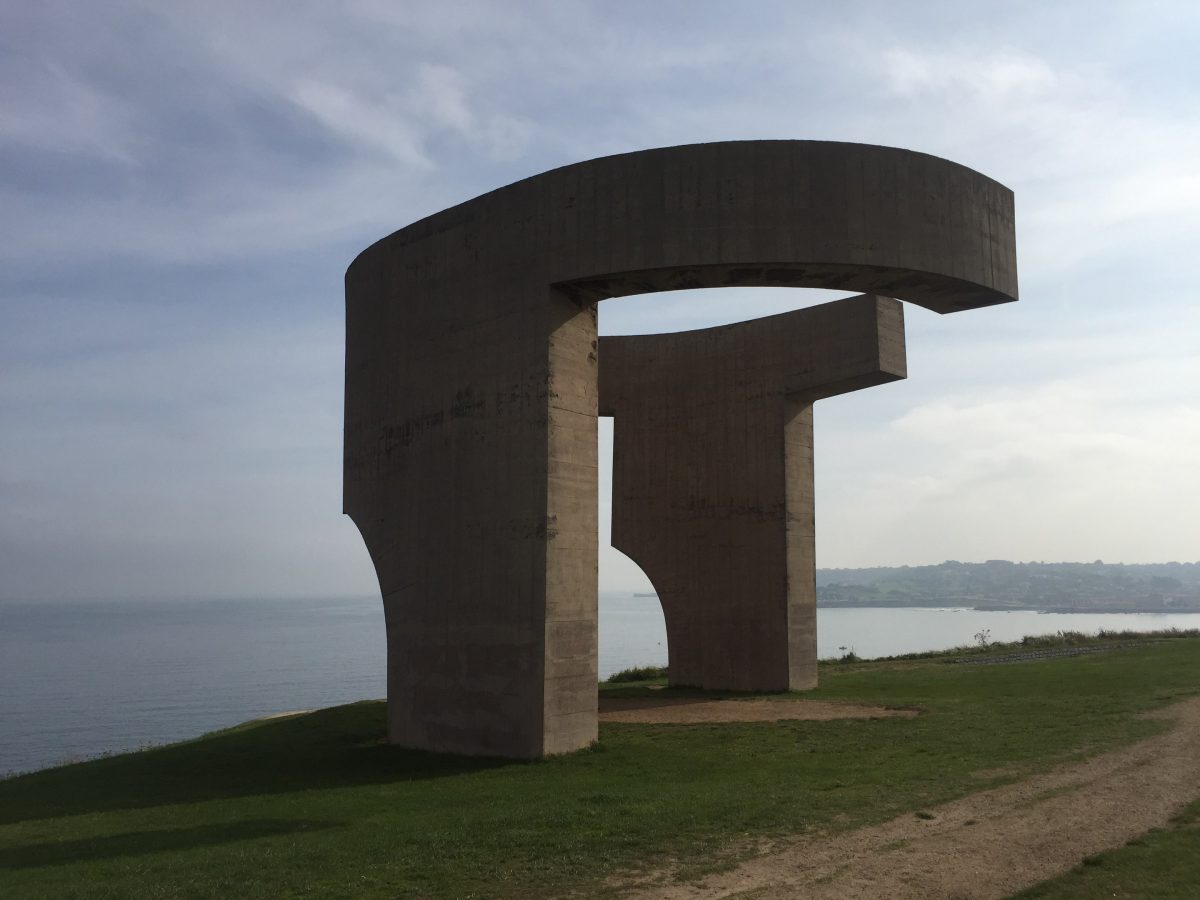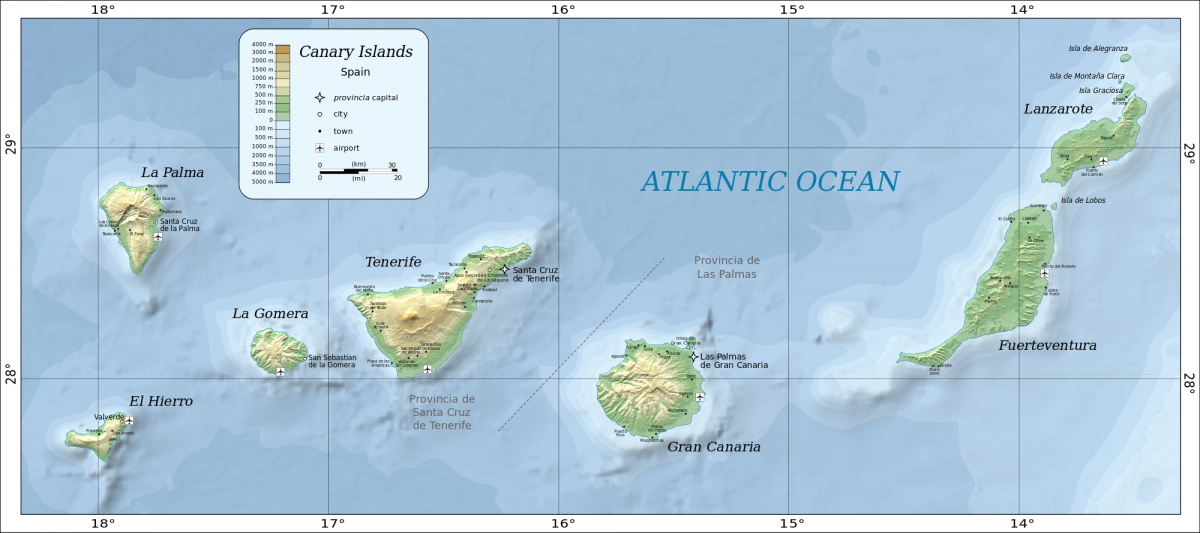If you stand in the center of the structure, the sound of the wind and the waves at the bottom of the cliff are intensified. The experience makes you feel as though the elements are swirling around your head.
Expedia travel guide
Created by Basque artist Eduardo Chillida, this curved concrete sculpture creates a clear and strong amplification of the sounds of the sea crashing at the bottom of the cliff. You have to stand in the center of the sculpture. Close your eyes, you will hear the noise of the waves breaking against the rocks, but the sound comes from the upper area of the sculpture. Apparently it is an accidental sound scuplture, with the artist being surprised when he first heard it.
Thanks to J.Oscar for providing some first hand experience of what is going on (see first comment). It’s a reflection from the underneath of the upper ring. But the other key acoustic element is the lack of any sound straight from the breaking waves to your ear because the edge of the cliff is in the way. This lack of direct sound is what causes the image to falsely appear to come from above, and also why you’re surprised to suddenly hear the sea as you walk into the focus point.
Does anyone have recordings?
Location
The scultpute can be found in the grassy Parque del Cerro de Santa Catalina, at the top of Cimavilla, Gijón.
Credits
Photo: By Triplecaña – Own work, CC BY-SA 4.0
Site suggested by Santiago Álvarez-Buylla




